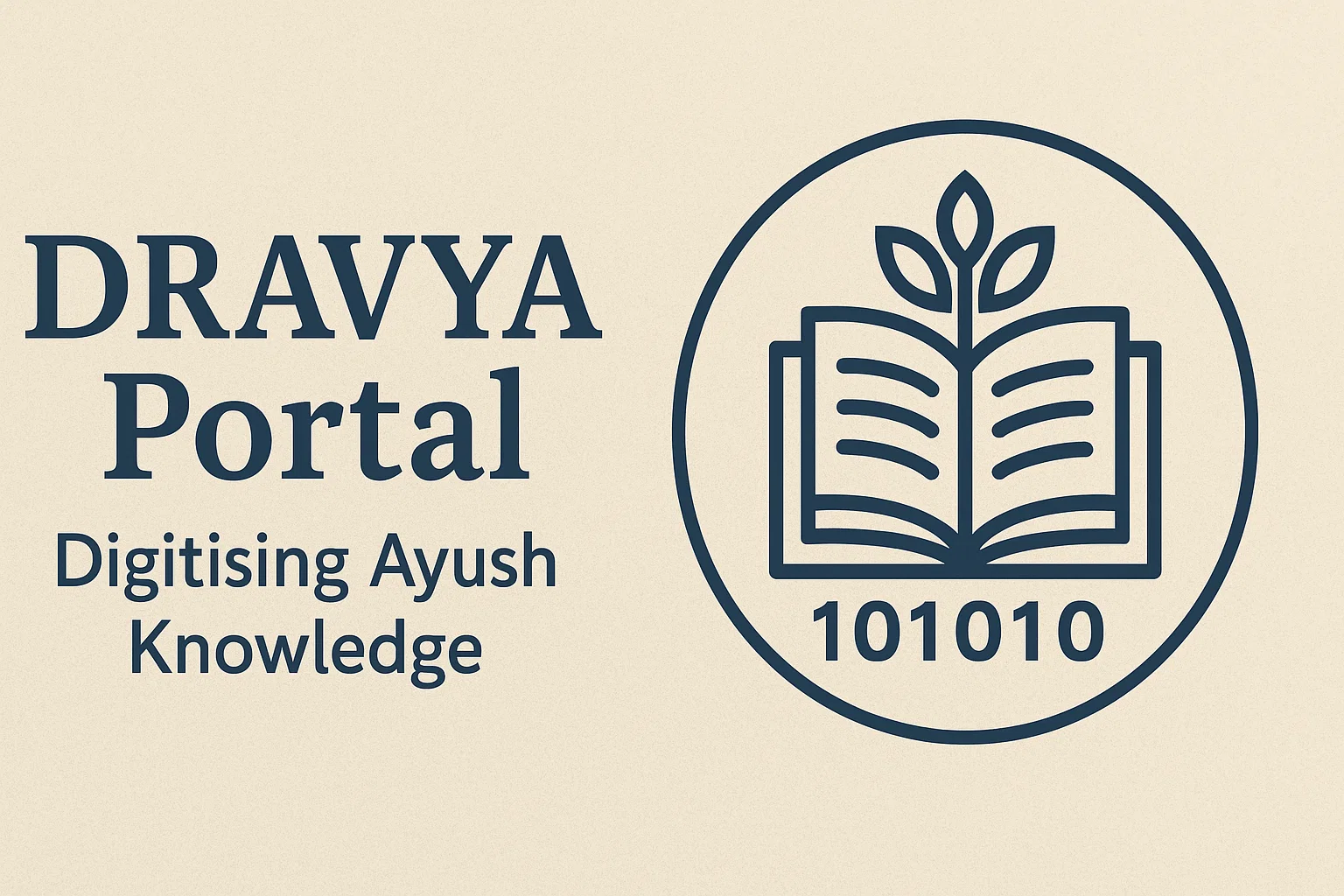India@100: Envisioning Tomorrow’s Economic Powerhouse
India will complete its 100 years of independence in 2047. Since the call to be a Viksit Bharat has been given, it becomes necessary to make strides towards the same. For this, former Chief Economic Advisor Krishnamurthy Subramanian has come up with the book titled “India@100: Envisioning Tomorrow’s Economic Powerhouse”. The book sets the stage with four pillars of progress, including a macroeconomic focus on growth, inclusive growth, ethical wealth creation, and a virtuous cycle ignited by private investment.
In the initial section, the book sets the tone of what kind of economic policies have been adopted from time to time. This also includes the policies adopted by the governments of other countries, including the protectionist laws during the Industrial Revolution. Today, we know these countries as advanced economies. The author recommends that rather than simply copy-pasting such policies, the government should accordingly tailor them to the needs of Indian society.
The section moves further by discussing some of the core principles that display the lag between the investment and growth rate witnessed through such investment in due course of time. It also stresses the importance of capital expenditure (“capex”), which has 3-fold benefits. Firstly, it increases demand and supply, unlike revenue expenditure (“revex”) which merely enhances demand. Secondly, capex allows “crowding in” of private investment, unlike revex, which leads to “crowding out” of private investment. Thirdly, capex provides a farsighted policy.
Thus, regarding capex promotion in the country, the book addresses the issue of the middle-income trap by discussing its three major root causes (sectors that got groomed due to government subsidies, neck-around to continue such policies, neglecting knowledge and innovation, and institutions not keeping pace with increasingly complex economies). Accordingly, the author recommends greater integration with global value chains (GVCs), the promotion of higher education and research ecosystems, and faster transformation of industries.
When it comes to macroeconomic focus on growth, the author provides a detailed distinction between poverty and inequality, thus setting up various metrics that display their impact on other socio-economic indicators. For this, the author also takes the aspect of debt and its sustainability. Here, in the book, the author showcases in terms of the Indian perspective that low growth can lead to high debt, which can create a vicious cycle of debt trap, but high debt cannot lead to low growth. This is because of the interest rate growth rate differentials (IRGD). In addition to this, the author also focuses towards judicial and civil services reforms that will ensure access to justice and reduce corruption in bureaucracy, two of the major hiccups that have led to inequality in society.
On the front of socio-economic inclusion, the author first considers the aspect of dwarfism in the economy, i.e., small firms that have not been able to grow despite being in the business for long periods. For this, the author displays the difference between dwarf firms in India and compares it with those in the United States and Mexico. The metrics that have been used are the growth in the number of employees, productivity, etc. Therefore, the author recommends that policymakers should restrain themselves from helping out such dwarf organisations by placing a sunset clause on size-based incentives. Additionally, the author again brings the focus towards exports-led growth, thus stressing the importance of global value chains.
Since such integration requires advanced technologies, striding efforts are needed to build a digital economy ecosystem in the country. India has already become a giant in terms of building Digital Public Infrastructure (DPI). The JAM (Jandhan, Aadhaar, Mobile) trinity has led to a reduction in subsidy payment and revenue expenditure by 1.14% of GDP, as per the reports of the Prime Minister’s Economic Advisory Council (PM-EAC). To make it more inclusive, the digital economy needs to be penetrated more into sectors like agriculture, healthcare, and education. Thus, somewhere through data-driven governance, the author talks about the need for an Agrarian Renaissance in the country.
As the former Vice President of India, Venkaiah Naidu, stated, “Sustainability is not just a buzzword but a need of the hour”. This statement gains even more significance given the evidence of climate injustice. The book has provided instances of climate-induced disasters that are coming heavily to Asia and Africa. The author discusses the economic cost of such disasters, especially that of floods (around 49% of all-natural disasters in the country), which have led to more than 60% of all economic losses. The book then dives into the health impact of climate change, echoing some of the points raised by Jeff Goodell’s book “The Heat Will Kill You First”.
Next, the necessity of creating ethical wealth comes into discussion, which is one of the crucial pillars and a cornerstone of India’s economic future. The author argues that for India to become a $55 trillion economy by 2047, it must embrace wealth creation not merely as a means to an end but as a noble pursuit rooted in India’s rich traditions, including insights from historical texts like Kautilya‘s Arthashastra and Thiruvalluvar‘s Thirukkural. The book posits that ethical wealth creation is essential because it fosters trust, stability, and long-term growth, which are crucial for sustainable economic development. Subramanian contends that unethical practices can lead to societal discord and economic inefficiencies, undermining the very foundations of prosperity.
He further outlines several recommendations for creating ethical wealth, including reducing information asymmetry, decentralising communication, and enhancing the quality of supervision. However, he also takes the aspect of minimising needless government intervention. He stresses the importance of creating a virtuous cycle driven by private investment, where government policies facilitate rather than hinder entrepreneurial activities. This includes reducing unnecessary regulations and promoting infrastructure development to attract private capital. For this, the author cites the examples of China and other East Asian economies that have witnessed a surge in private investment. To promote it more effectively, the author recommends demographic-friendly policies, given that we need to reap the benefits of demographic dividend as the working-age population will be three-fifths of the population by 2041. The author brings up the aspect of demographics because it is the working-age population that will provide the bigger chunk of the private investment, also cited by economists like Bosworth and Chodorow-Reich. Apart from this, banking and financial sectors will be other major domains that will nudge investment.
In a nutshell, the book clearly indicates that it is the continuation of the Economic Surveys of 2018-19, 2019-20, and 2020-21. The language of the book at places can be complex but provides a comprehensive and nuanced view of India’s economic landscape, offering a vision for transforming the country into a global economic powerhouse by 2047 in a better way




